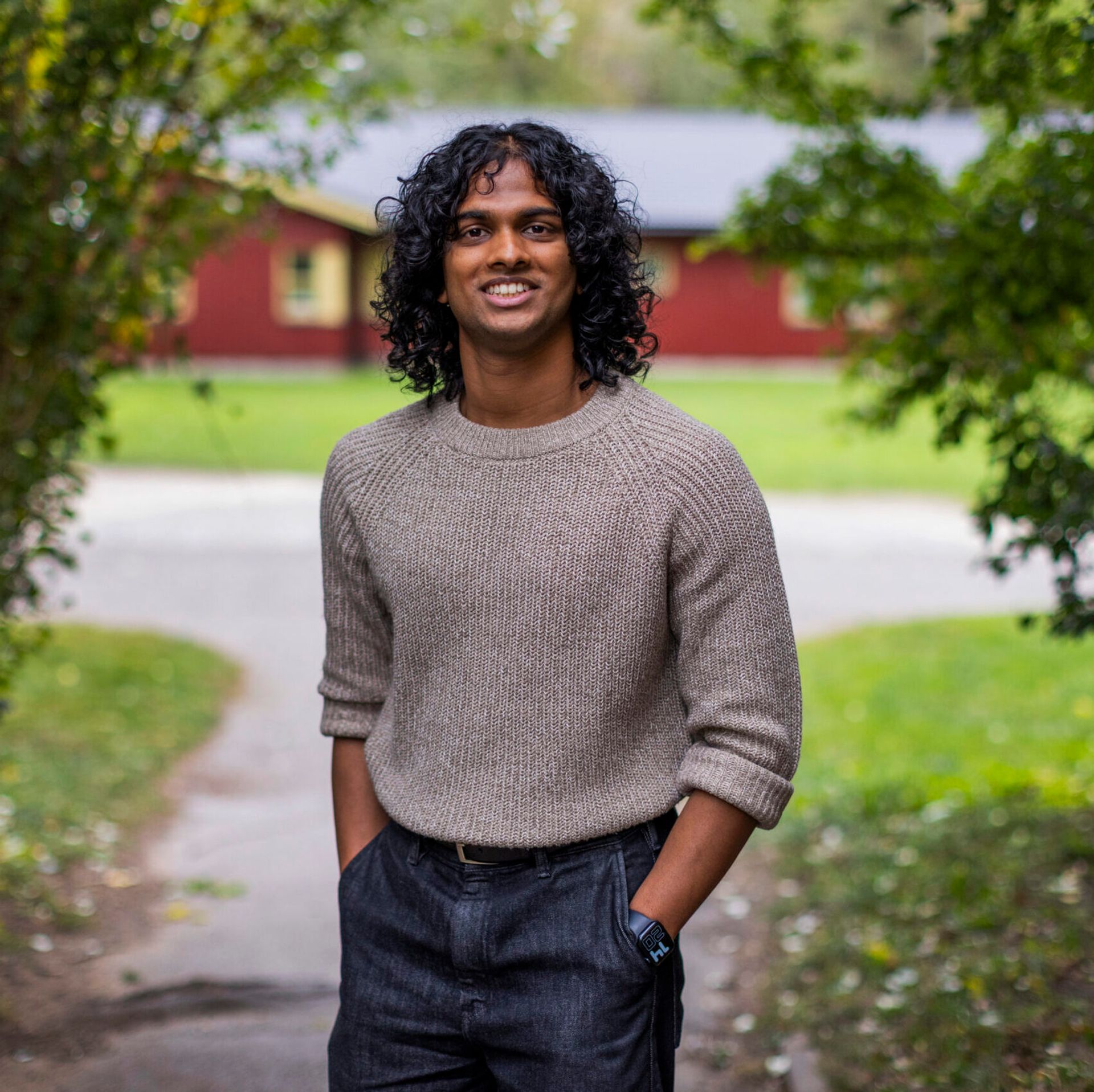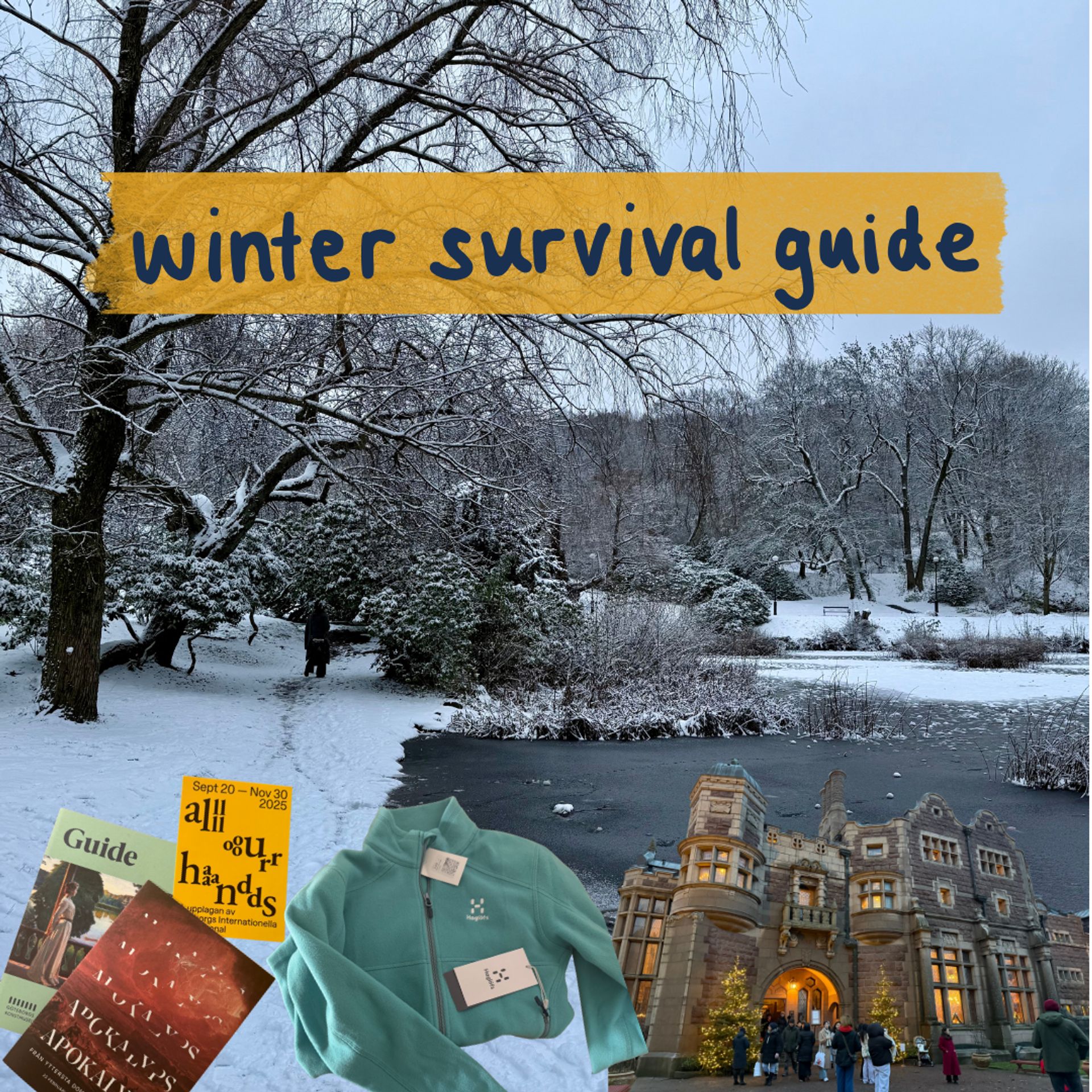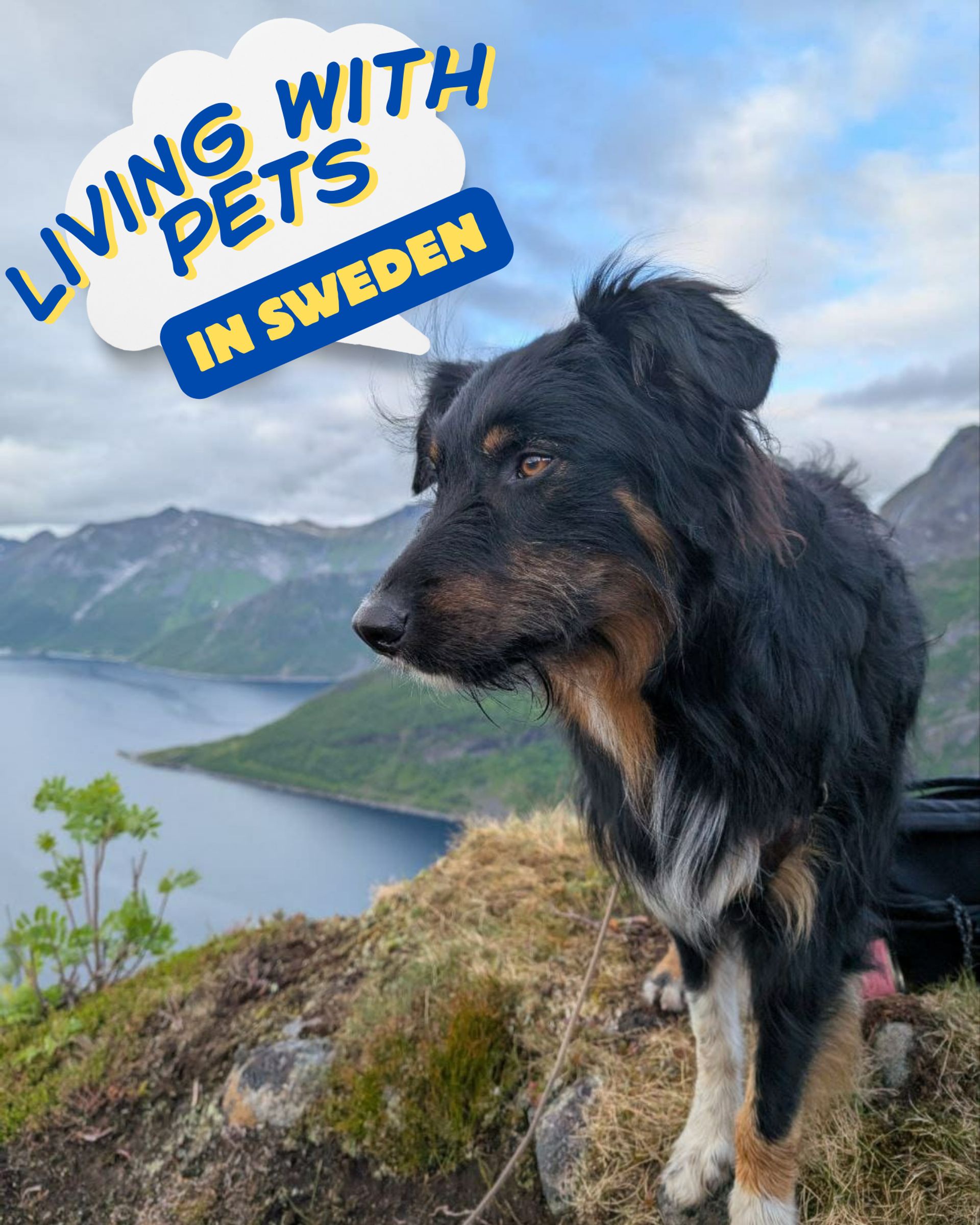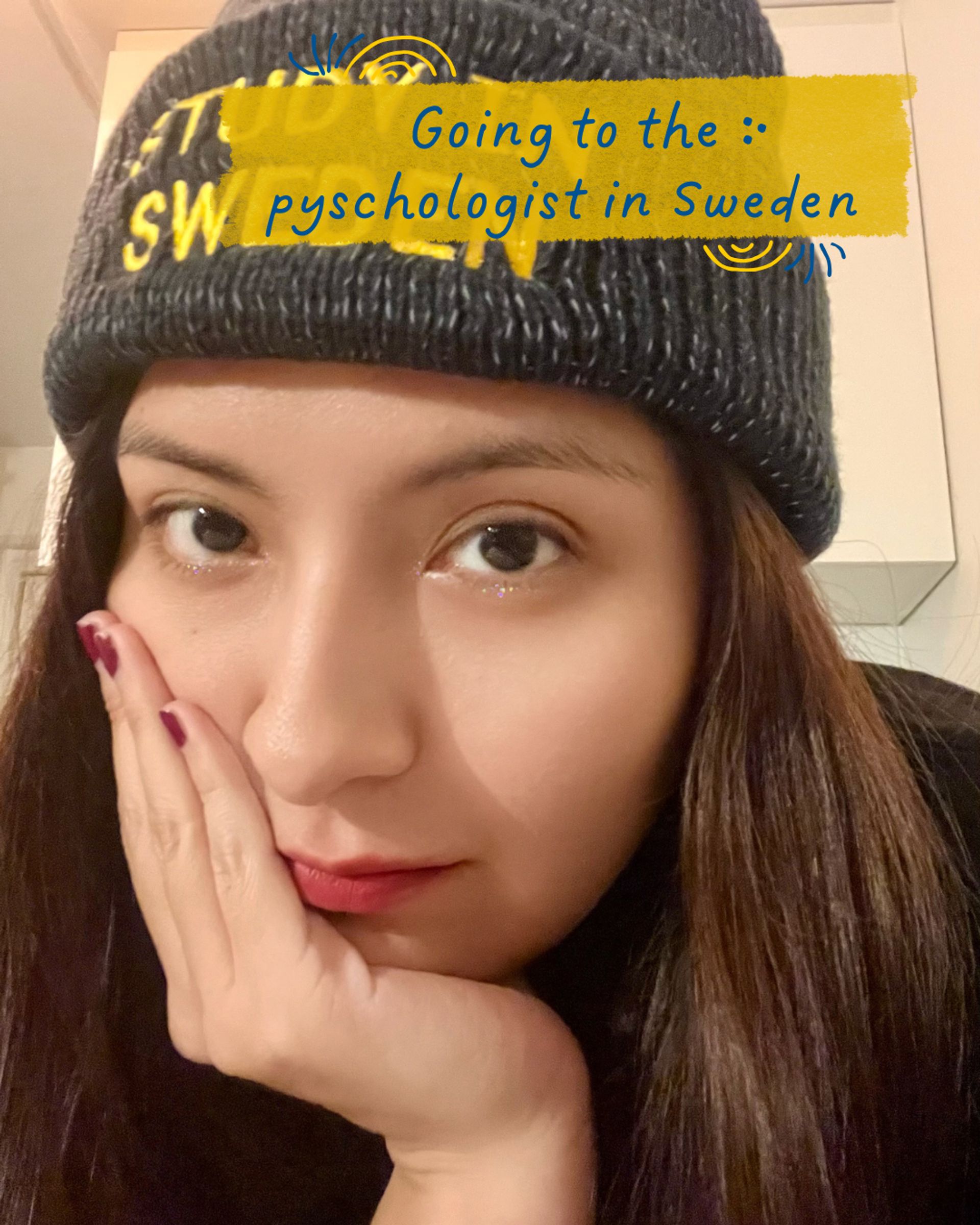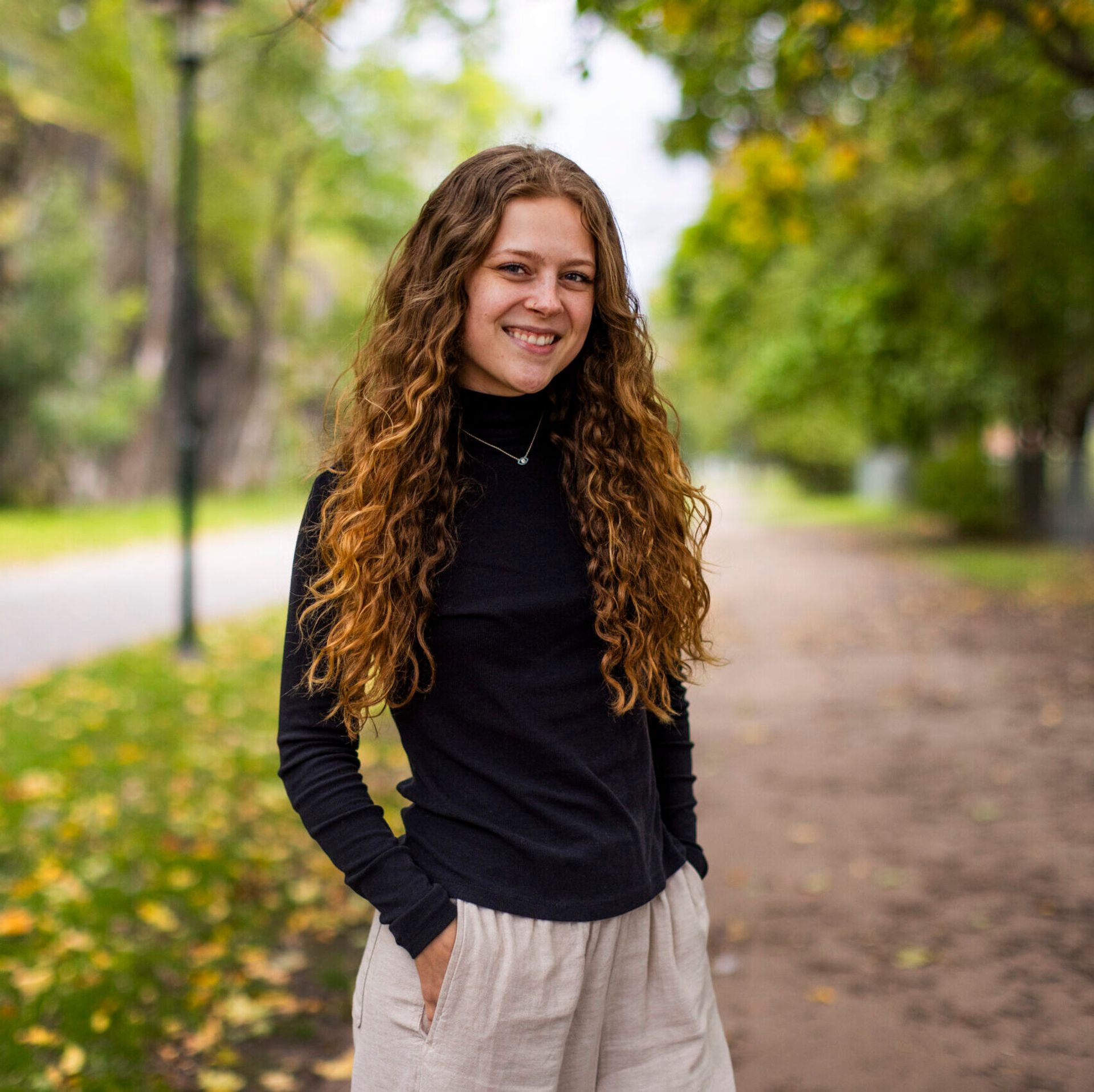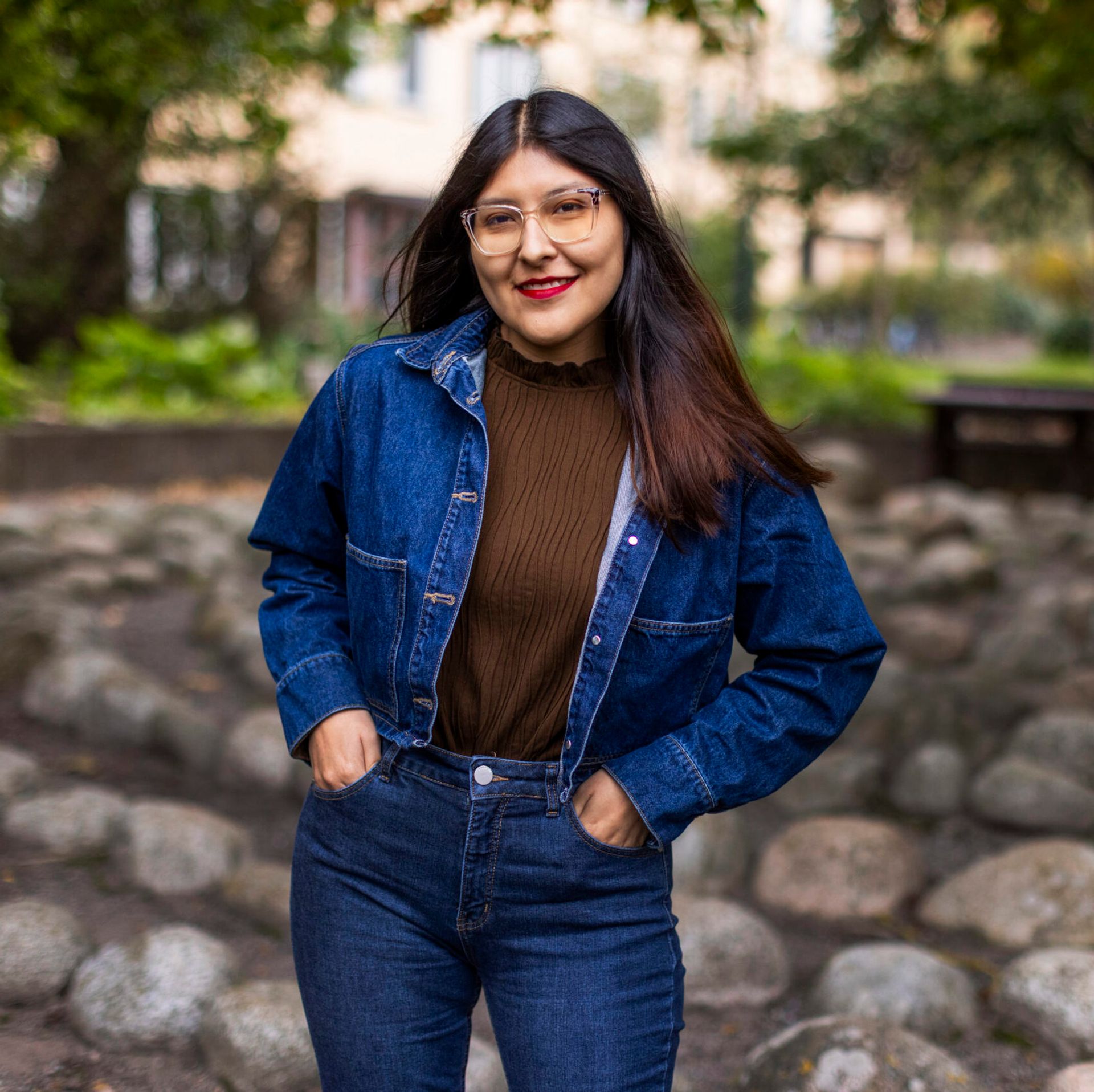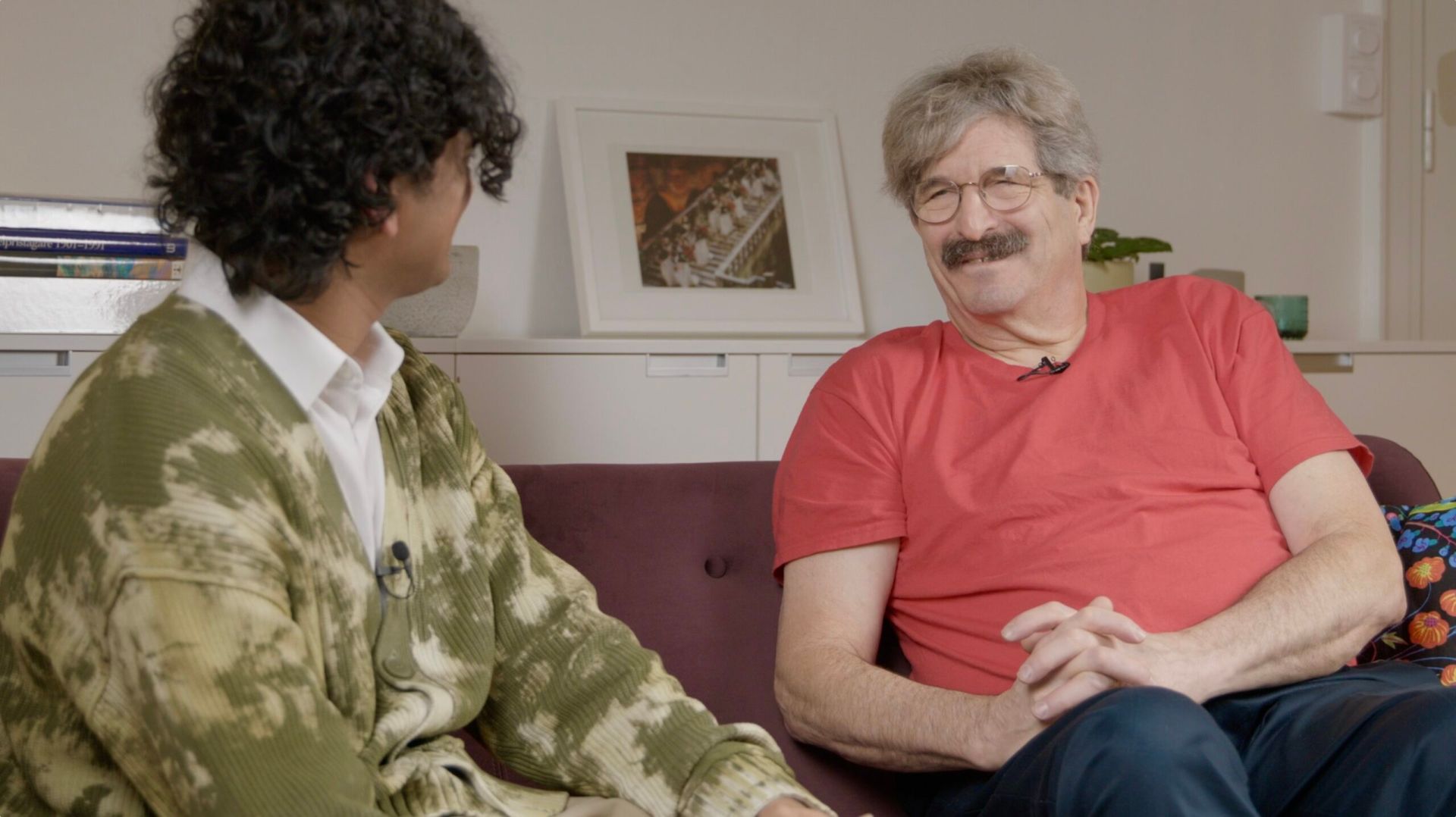
Written by Ravindu
21 May 2025
In early December 2024, just before the Nobel Prize ceremony in Stockholm, I visited the Nobel outreach department to meet Dr. Gary Ruvkun, the Nobel laureate in Physiology or Medicine for that year. Leading up to the interview, I was anxious but determined. I had spent countless hours researching his life and scientific journey, reading through his interviews and preparing a list of thoughtful questions. I wanted to make the most of this rare opportunity to connect with someone who has not only advanced science but also inspired so many.
When Dr. Ruvkun walked into the room, something shifted — a spark in the air that immediately put me at ease. His presence was warm and genuine, and any lingering nerves melted away. What was supposed to be a brief 15-minute conversation, carefully edited for a YouTube video, blossomed into a full 51-minute discussion filled with stories, insights, and moments of genuine wonder. His way of storytelling brought to life the twists and turns of a truly unorthodox career — one marked by unexpected challenges, bold leaps, and a relentless curiosity that eventually led to a pivotal discovery recognized by the world’s most prestigious prize.
In this post, I want to share the biggest takeaways from that incredible conversation — the lessons, the inspiration, and the wisdom I gained from spending time with Dr. Gary Ruvkun.
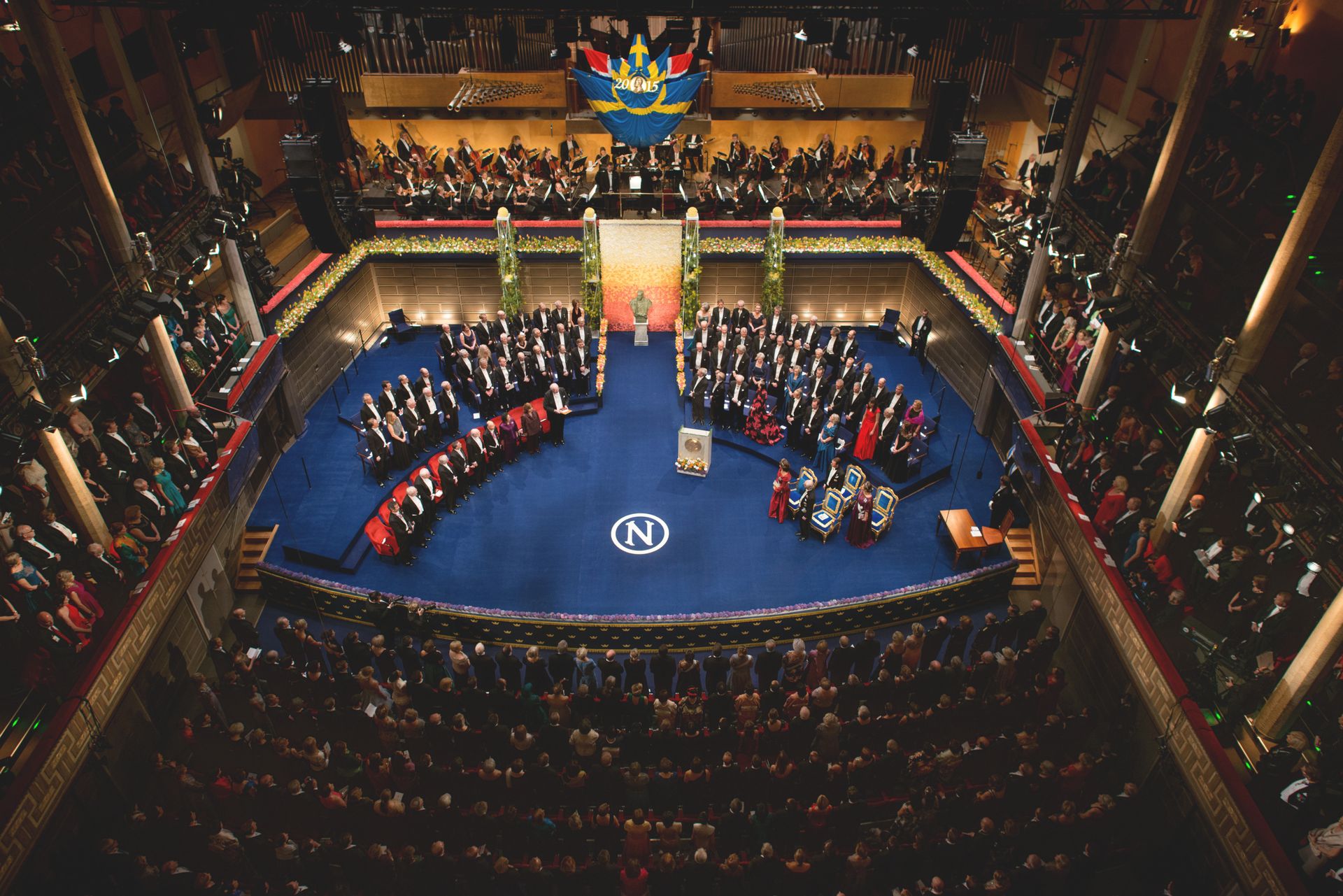
The Power of Genuine Curiosity
One of the strongest impressions I got from Dr. Ruvkun was how much his scientific path was driven by curiosity — not ambition, not prestige, but a real, sustained fascination with how the world works. “I’ve sort of been headed to be a scientist my whole life,” he told me at the very beginning of our conversation. “Even in high school, I was already fascinated by how things worked — especially electronics.
Growing up in the U.S. during the height of the space race, he described how televised rocket launches shaped his imagination. “The launches would start at 4 AM for me, growing up on the West Coast… and even as an eight-year-old, I’d wake up at 4 AM to watch. It’s surprising to me that I did that, and that my parents let me. But it was so exciting.” He explained how those early NASA broadcasts did more than just showcase rockets—they offered bite-sized science lessons in a form that even kids could understand. “Every time there was a delay, they’d cut to a video of an engineer saying, ‘Here’s how our rocket works’ or ‘This is what docking in space is like.’ It was a real education. Probably better than most of what was being taught in school.”
That sense of curiosity stayed with him when he started university at UC Berkeley. “I wanted to do electronics, because back then that’s what nerdy kids did. These days it’s computer programming, but back then we built radios. And when I got to Berkeley, I realized they didn’t even teach electronics. So I ended up gravitating toward physics, and it was unbelievably inspiring. That’s where I really learned what science is.”
It was clear to me that Dr. Ruvkun’s career wasn’t built on a straight path, but on a long series of detours, surprises, and questions that pulled him deeper into science. His message, though unstated, was simple: if you stay curious, you’ll keep moving forward—even when the road doesn’t look like the one you expected.
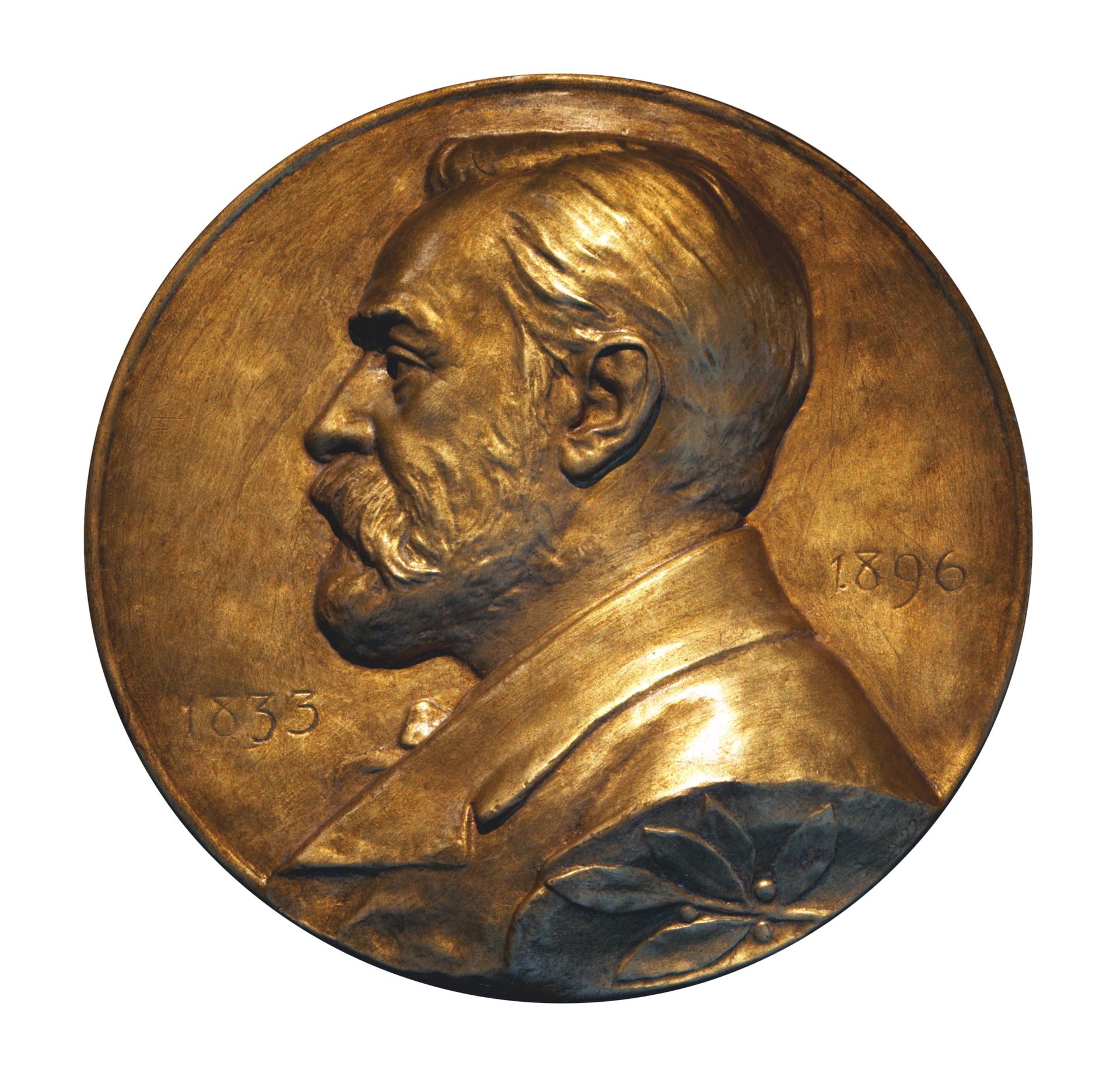
Spotting the Revolution
Curiosity may have lit the spark, but spotting a scientific revolution and knowing when to ride the wave was what made Dr. Ruvkun stay.
When I asked how he went from space and electronics to molecular biology, he laughed: “That was not a direct path, that’s for sure.” Early on, he dreamed of physics, but realized it wasn’t quite his lane. “My abilities in math were never superb. They were fine — but you’d see people in your math classes that were just way over your head.” That realization didn’t discourage him — it gave him clarity. “I think anybody who can speak a language is amazingly intelligent… but mathematicians are special. If you want to do the genome sequence of mathematicians — I’m totally on board with that. ’Cause they are not the same species as me.”
Rather than compete, he shifted focus. Physics gave him something deeper: a sense of what true scientific revolution looks like. “You take quantum mechanics and see what a sea change that was… how it utterly changed the view of the world.” That mindset stayed with him. “When I was at Berkeley in the early ’70s — right after the double helix, right? Solving the genetic code happened around 1962 to 1968. And I start at UC Berkeley in 1969.”
By the time he entered grad school at Harvard in 1976, the next revolution was already unfolding — in biology. “The DNA revolution is happening. The genome has 3 billion base pairs, and recombinant DNA let you pull out one millionth. You’d say, ‘I want to know what the hemoglobin is’ — and you could go for that. That’s very early genomics.” These breakthroughs changed how we understand life — and Ruvkun didn’t just observe them. He dove in. “What happens during a revolution like that is… not everybody can spot that it’s a revolution. But some people do. The number of molecular biologists today is about half a million. When I started? A thousandfold less. So I gravitated. People saw it was a revolution — and they got in at the ground floor. And it did explode.”
And for those still figuring out their path, his advice is clear: “Be wary of current trends in science.” It’s easy to follow what’s hot — harder to spot what’s quietly gaining ground. But that’s where revolutions begin.
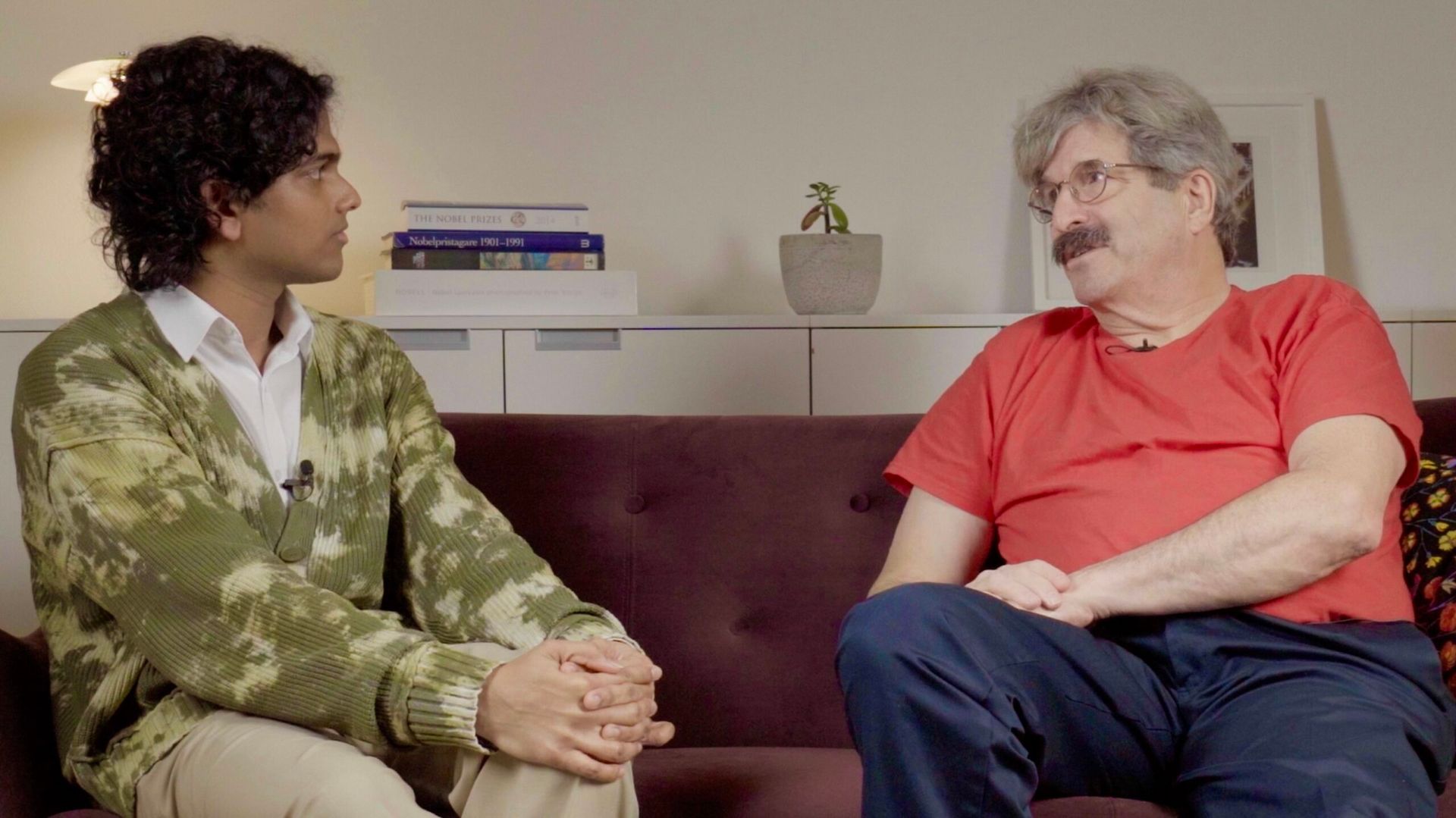
Be Open to the Life You Didn’t Plan
Dr. Ruvkun has a very interesting time period before his post graduate education. He spent a year living in his van, planting trees in Oregon and traveling across Latin America, which sounds something straight out of an Indie movie. So I asked him about these years.
He laughed and explained that it was 1973, just after graduating from college at UC Berkeley. “You have to understand the time,” he said. “It was the Vietnam War era, and Berkeley really was the epicenter. Careerism wasn’t cool. A lot of people were headed off to live on communes or do something different. That was the vibe.” Although he wasn’t particularly active in protests himself, he was surrounded by people who were — people rethinking what it meant to live a good life, and what success even looked like.
He had applied to medical school straight out of college, partly out of a desire to do something socially conscious and scientific. But it didn’t work out. “They told me I hadn’t taken the right courses,” he said. “I had this arrogant attitude — like, if I can learn quantum mechanics, I can learn physiology, so why does it matter if I skipped organic chemistry?” But the system didn’t see it that way, and the rejection sent him in a very different direction. His parents had given him a used Dodge van when he graduated — which he named Sancho — and with no clear plan, he hit the road. He stayed briefly with a college friend, then drove north until he found himself in Eugene, Oregon. That’s where he stumbled into a job planting Douglas fir trees. “There was this worker-owned co-op hiring,” he said, “so I joined this crew called the Natural Wonders. We planted all over the Pacific Northwest — in the rain, the mud, all of it. But because I had the van, I was basically living in royalty compared to everyone else in tents.”
It might not sound like the usual origin story of a molecular biologist, but in many ways, it shaped who he became. That year wasn’t about following a carefully planned trajectory. It was about trying something unfamiliar, staying open, and not rushing toward a fixed definition of success. What might have seemed like a detour ended up being a foundational part of his journey — proof that growth doesn’t only happen in classrooms, and that sometimes the most valuable thing is to step outside the expected path and see what you find.
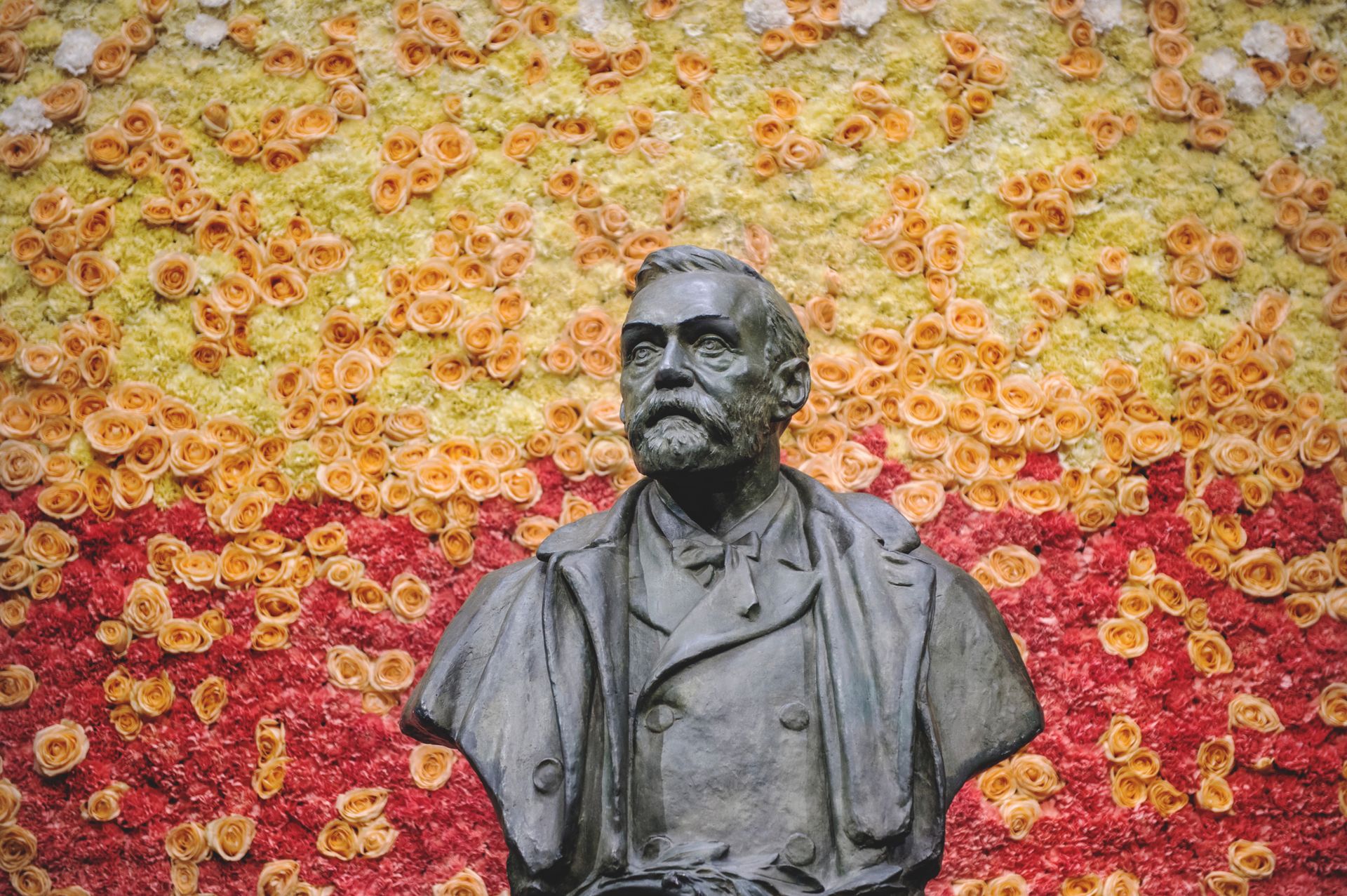
How Humor Helps Us Navigate Big Things
I asked Dr. Ruvkun a question that might seem a bit lighthearted but perfectly captures his spirit: when he won the Nobel Prize, what flavor of ice cream did he give away to celebrate? His answer was simple and charming — “whichever they asked for.” But this wasn’t just a casual treat; it was a full-on ice cream truck that showed up at his building the day of the announcement. The truck belonged to Diane Sacchetti, his longtime lab administrator, whose husband and son run ice cream trucks in Boston. Dr. Ruvkun, his daughter, and colleagues spent the day handing out frosty cones to hundreds of people, making everyone look like four-year-olds again despite their ages. This playful celebration perfectly reflects the way he approaches life and science — with joy and lightness.
Humor, it turns out, is more than just a fun moment; it’s a vital part of how Dr. Ruvkun navigates the pressures of the scientific world. He told me about a year he spent traveling through Latin America, riding cramped buses and sleeping in hammocks on stormy boats, rough conditions that taught him the value of stories and laughter. “You meet a lot of people on the road and develop a repertoire of stories,” he said. Having these stories makes you more interesting and connects you to others, a skill that serves him well as a professor. In the lab, where the stakes are high and fear of failure is real, he fosters an environment where humor and practical jokes are part of the culture. His belief is clear: “I believe comedy is a form of intelligence. If you can create humor, you’re already halfway to creating discoveries.”
The lesson here is profound yet simple — no matter how serious your work or how high the stakes, keeping a sense of humor and having fun isn’t just a luxury, it’s a key part of success and resilience. Dr. Ruvkun’s story reminds us that joy and discovery go hand in hand, and sometimes the brightest breakthroughs happen when you’re handing out ice cream and sharing a laugh.
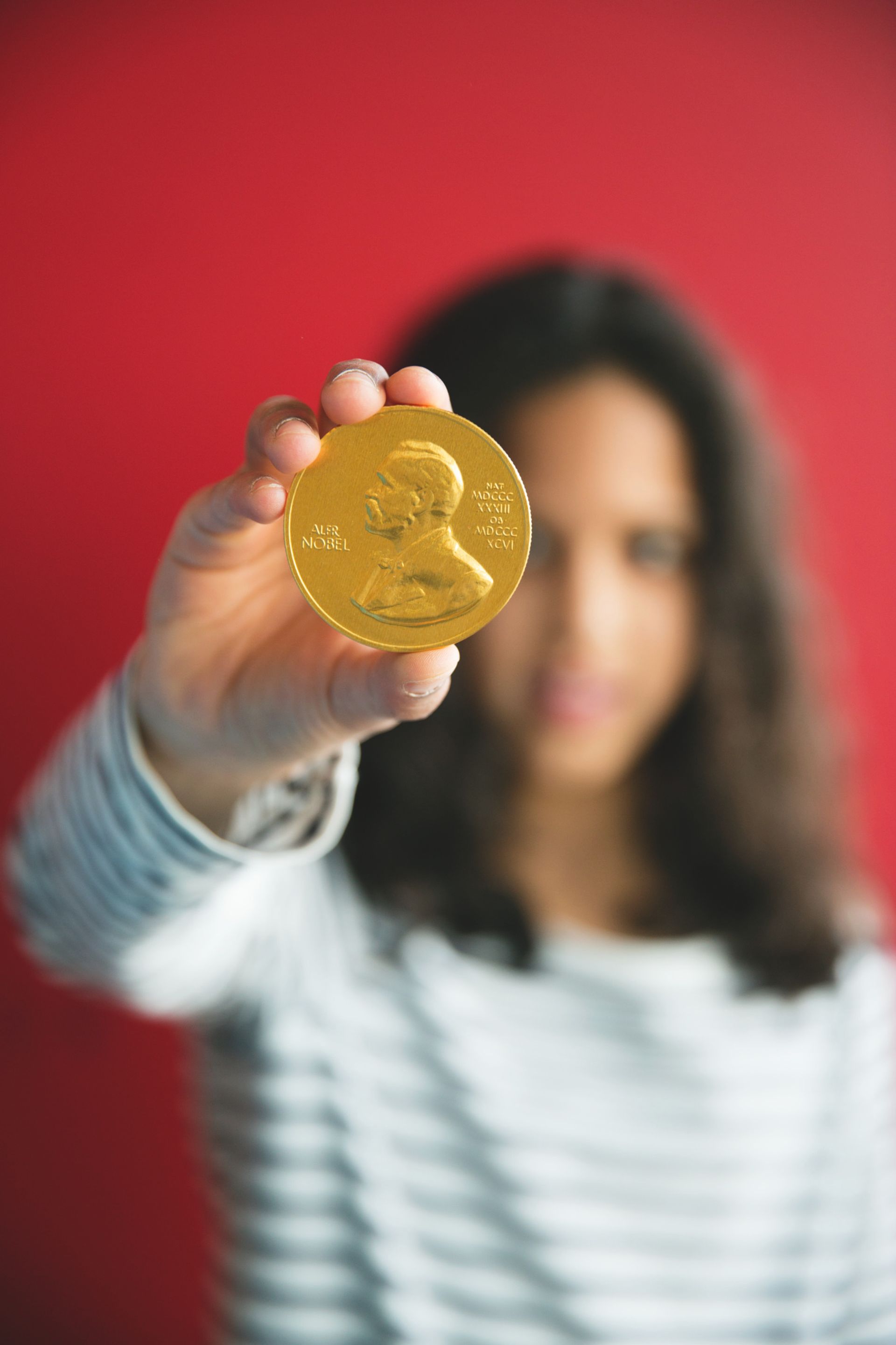
The Wonder of What’s Still to Come
Toward the end of our conversation, I asked Dr. Ruvkun whether he felt hopeful about the future of science — whether he believed there’s still much left to uncover. Without hesitation, he answered, “It’s not over. It’s not over.” Then, with a smile, he shared a story that perfectly illustrates that point. Jennifer Doudna, the scientist who helped make CRISPR a household name and revolutionized genetic engineering, was once just a first-year graduate student in his department. “I knew her,” he said. “She was like, ‘I hope I make it through graduate school.’” Back then, she was unsure of herself, just starting out like so many students do — uncertain, anxious, wondering if she’d make it. Now, she’s one of the most famous scientists on earth. Watching her journey unfold, Dr. Ruvkun said, was “totally amazing.” Then he added, with a bit of playful wordplay, “It’s a bit of a cheek — her last name is a DNA.” It was a small moment, but one that carried big meaning: no matter how much we’ve already discovered, science is far from finished.
In fact, his own lab is currently exploring one of the biggest questions of all — whether life exists beyond Earth. His work now looks to space, to the universe beyond our atmosphere, in search of microbial life and traces of biology that may exist elsewhere. For a scientist who’s already reshaped our understanding of life on this planet, it’s a bold and hopeful step — a reminder that the pursuit of knowledge is infinite, and that the next great discovery might not just be around the corner, but among the stars.
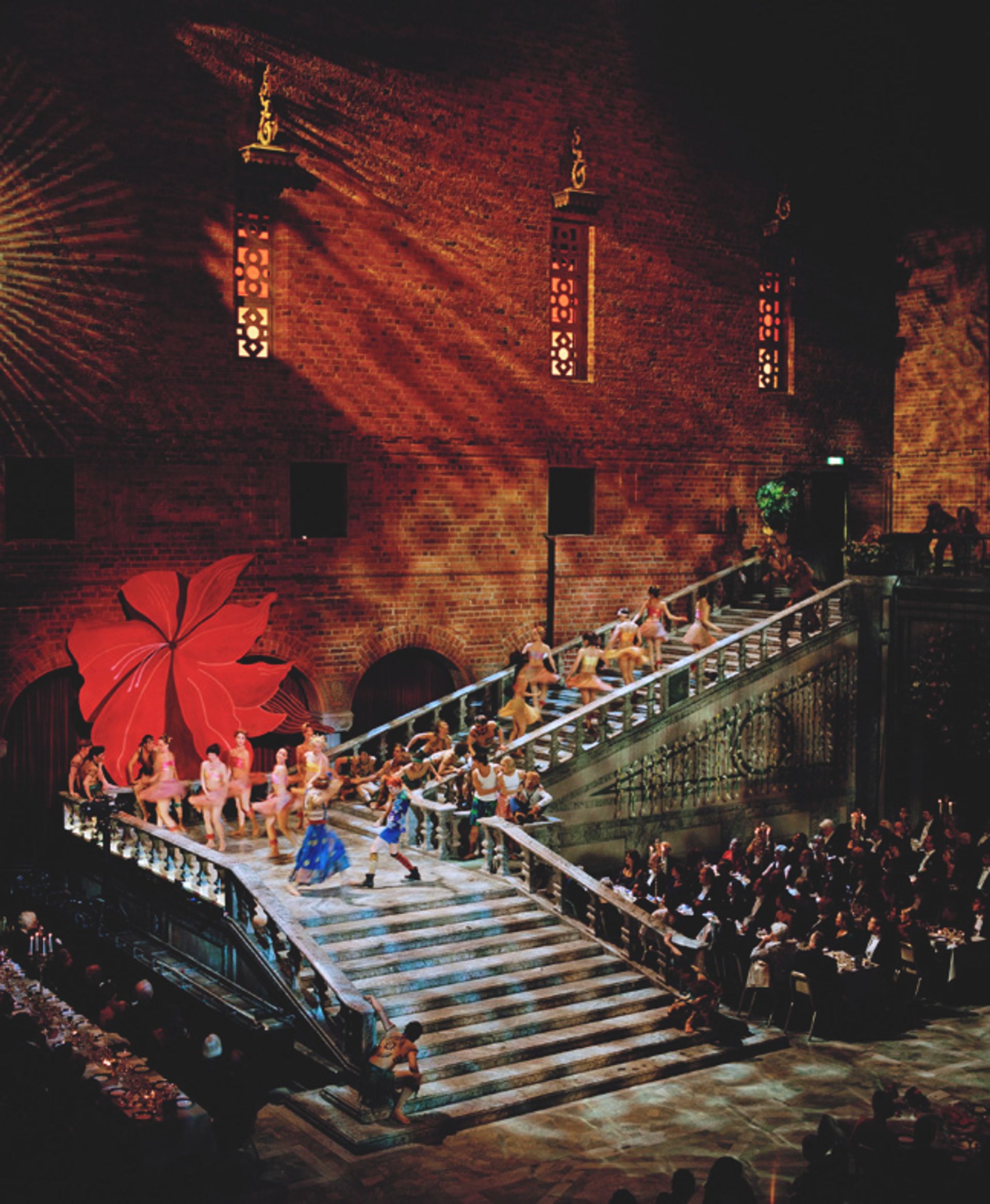
Concluding Thoughts
This interview was never just about Nobel Prizes or scientific breakthroughs. It was about staying curious, asking better questions, and realizing that the path to discovery doesn’t have to look traditional — or polished. Gary Ruvkun reminded me that science is full of wonder, rebellion, and humanity. And as someone still early in this journey, I left our conversation not just inspired, but a little braver. Braver to question, to explore, and to follow the strange and beautiful ideas that might just lead somewhere extraordinary.
